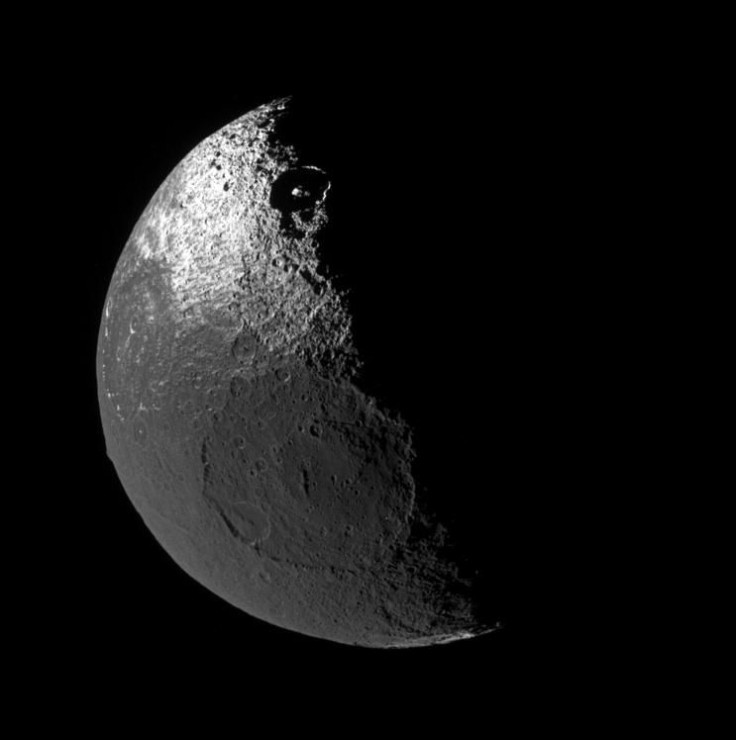Moon Could Be Rich In Extraterrestrial Evidence, New Study Claims

The head of Harvard University’s astronomy department claimed in a new study that the Moon’s surface might be holding traces of extraterrestrial life. The astronomer said that the Moon is like a mailbox that has collected countless cosmic objects that could be carrying alien organisms.
In a new study written by Abraham Loeb of Harvard University and his colleague Manasvi Lingam, the astronomers stated that the Moon’s lack of a lunar atmosphere makes it the perfect place for extraterrestrial life to visit.
Since it has no atmosphere, objects that fly into it do not burn up before reaching the surface. Instead, most of these cosmic objects make it to the lunar surface intact.
Aside from not having an atmosphere, the Moon’s lack of geological activity means that the cosmic material that has accumulated on the surface remains undisturbed.
“The lack of a lunar atmosphere guarantees that these messengers would reach the lunar surface without burning up,” Loeb said in a statement. “In addition, the geological inactivity of the Moon implies that the record deposited on is surface will be preserved and not mixed with the deep lunar interior.”
“Serving as a natural mailbox, the lunar surface collected all impacted objects during the past few billions of years,” he added. “Most of this ‘mail’ comes from within the Solar System.”
According to Loeb and Lingam, it is possible that some of the cosmic objects that landed on the Moon’s surface could be carrying traces of alien life. Although NASA’s Apollo Moon missions have already collected rock samples from the lunar surface, these were most likely contaminated by Earth organisms once they were brought back to the planet.
The astronomers suggested that in order to test if Moon rocks really contain traces of alien life, they should be studied on a lunar outpost and not on Earth.
“In case some interstellar impactors carry the building blocks of extraterrestrial life, one could extract these biomarkers by analyzing lunar surface samples,” Loeb stated.
“Moon rocks delivered to Earth by the Apollo mission were likely contaminated by terrestrial life and are not a viable alternative to a dedicated experimental base on the Moon,” he added.
Loeb and Lingam’s new study has been submitted for publication through arXiv.org.
© Copyright IBTimes 2024. All rights reserved.





















